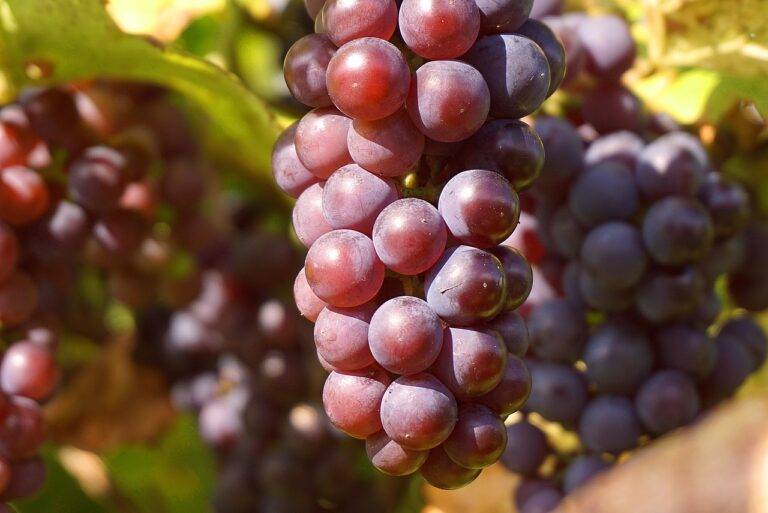Sustainable Agriculture Practices: Agroecology and Permaculture
Agroecology is a holistic approach to agriculture that emphasizes the importance of ecological processes and biodiversity in farming systems. By enhancing the interactions between plants, animals, humans, and the environment, agroecology seeks to promote sustainable and resilient food production. The principles of agroecology include fostering diversity, minimizing external inputs, recycling nutrients, and building soil fertility through natural means.
Practices of agroecology often involve integrating crop and livestock systems, using cover crops and crop rotations to improve soil health, and conserving natural resources such as water and energy. Agroecological farming methods aim to mimic the complexity and diversity of natural ecosystems, leading to increased efficiency and productivity over the long term. By prioritizing ecological health and social equity, agroecology offers a promising alternative to conventional industrial agriculture practices.
The Role of Biodiversity in Sustainable Agriculture
Biodiversity is a key component of sustainable agriculture, playing a crucial role in maintaining ecosystem resilience and overall productivity. Diverse plant and animal species within agroecosystems help prevent the spread of pests and diseases, reducing the need for synthetic inputs and promoting natural pest control mechanisms.
Furthermore, biodiversity fosters soil health and fertility by enhancing nutrient cycling and soil structure. Different plant species contribute varied root structures and nutrient requirements, ensuring a more balanced and sustainable use of resources. By promoting biodiversity in agricultural systems, farmers can create more resilient and adaptable ecosystems that are better equipped to withstand environmental challenges and produce high-quality, nutritious food.
Biodiversity helps prevent the spread of pests and diseases
Diverse plant and animal species promote natural pest control mechanisms
Enhances soil health and fertility through nutrient cycling and soil structure improvements
Different plant species contribute varied root structures and nutrient requirements
Promoting biodiversity in agricultural systems creates more resilient ecosystems
Permaculture Design Principles for Effective Farming
Permaculture design principles offer a holistic approach to farming that emphasizes mimicking patterns and relationships found in nature. By observing and understanding ecosystems, practitioners of permaculture aim to create sustainable and regenerative agricultural systems that work in harmony with the environment.
One of the key principles of permaculture design is the emphasis on maximizing the use of available resources within a system. This includes using natural elements such as sunlight, water, and wind to their full potential, as well as creating closed-loop systems that minimize waste and inputs from external sources.
What is permaculture?
Permaculture is a design approach to agriculture that mimics natural ecosystems to create sustainable and self-sufficient farming systems.
How can agroecology contribute to sustainable farming practices?
Agroecology focuses on the interactions between plants, animals, humans, and the environment to promote sustainable farming practices that work in harmony with nature.
Why is biodiversity important in sustainable agriculture?
Biodiversity helps to improve soil health, increase resilience to pests and diseases, and promote overall ecosystem health in sustainable agriculture.
What are some permaculture design principles for effective farming?
Some permaculture design principles include observing and interacting with nature, catching and storing energy, obtaining a yield, and using renewable resources.
How can farmers incorporate permaculture principles into their farming practices?
Farmers can incorporate permaculture principles by designing their farms to work with natural processes, integrating diverse plant and animal species, and minimizing waste and energy inputs.






